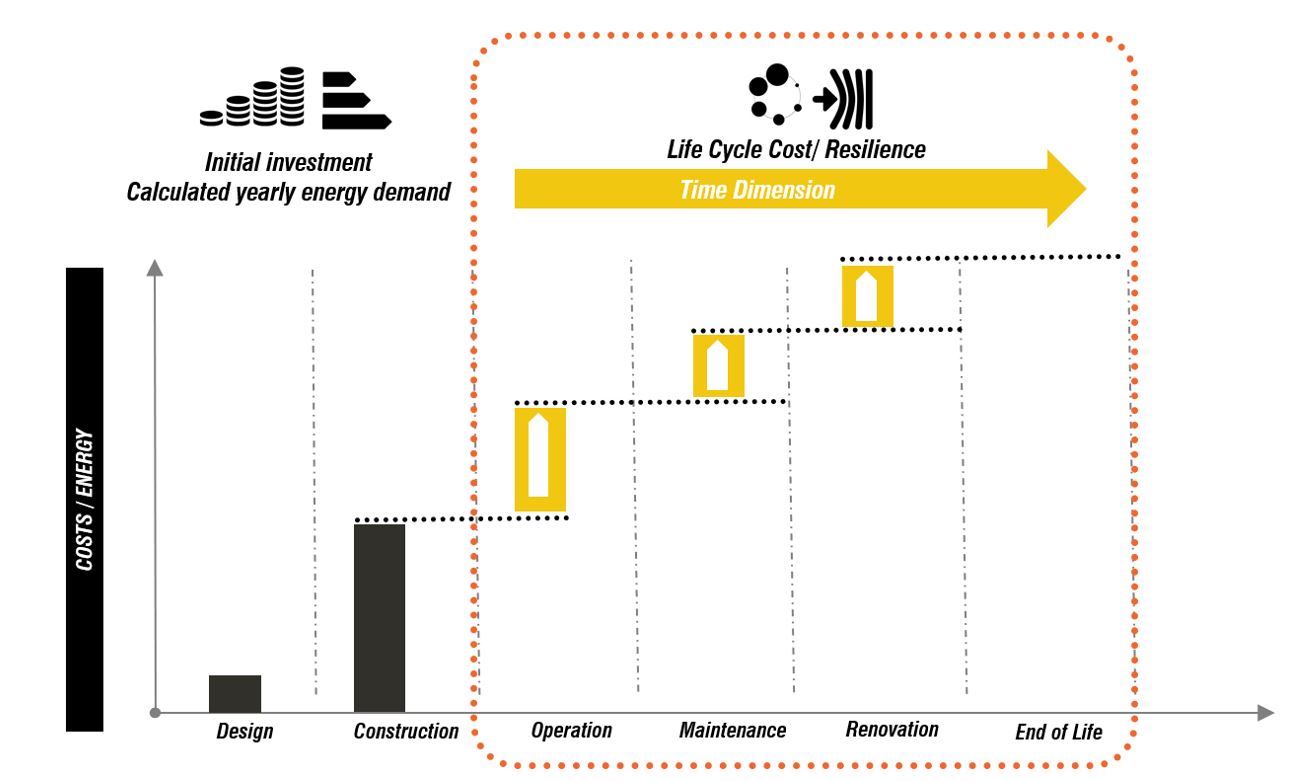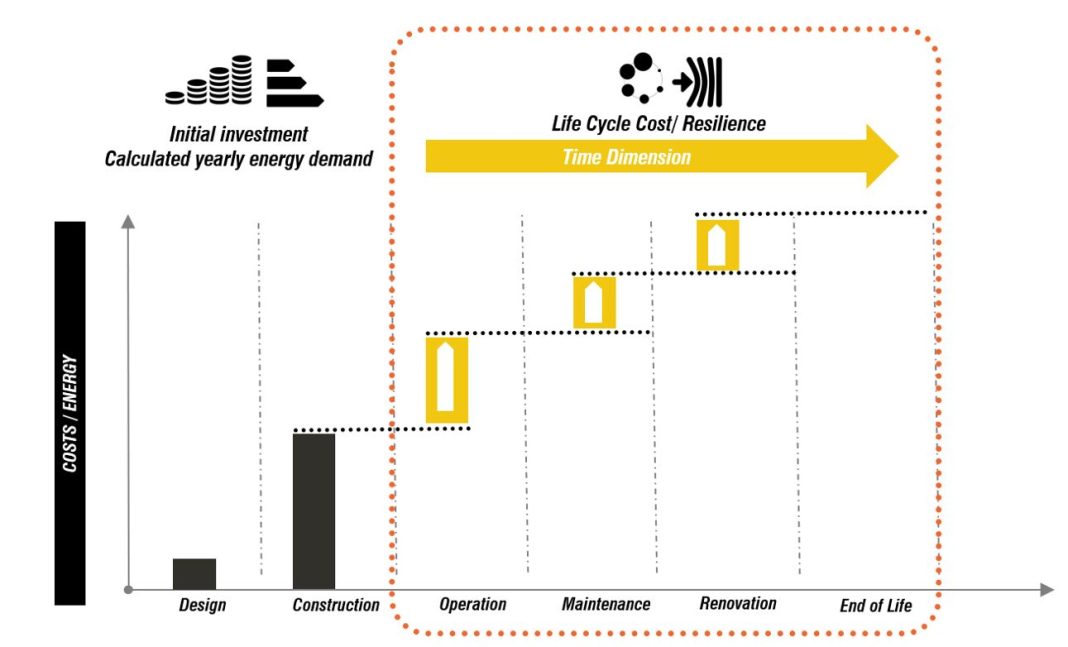 Transitioning conventional truck fleets to electric vehicles (EVs) may not be feasible in today’s market, according to a recent report from transportation and logistics firm Ryder. The report warns that mandating EV trucks could lead to more supply chain disruptions and increase operational costs, subsequently driving up economic inflation. Ryder analyzed the cost of transportation if internal combustion engine (ICE) trucks were converted to EVs and found that there was a significant cost increase for heavy-duty trucks compared to light-duty EVs. For a fleet of 25 mixed vehicles, costs surged by 56-67 percent. These cost increases have a direct impact on the price of goods sold in markets across the country, potentially adding around 0.5-1 percent to overall price inflation.
Transitioning conventional truck fleets to electric vehicles (EVs) may not be feasible in today’s market, according to a recent report from transportation and logistics firm Ryder. The report warns that mandating EV trucks could lead to more supply chain disruptions and increase operational costs, subsequently driving up economic inflation. Ryder analyzed the cost of transportation if internal combustion engine (ICE) trucks were converted to EVs and found that there was a significant cost increase for heavy-duty trucks compared to light-duty EVs. For a fleet of 25 mixed vehicles, costs surged by 56-67 percent. These cost increases have a direct impact on the price of goods sold in markets across the country, potentially adding around 0.5-1 percent to overall price inflation.
Karen Jones, EVP and head of new product development for Ryder, expressed concern about regulations aimed at accelerating EV adoption when the technology and infrastructure are still developing. She emphasized that until the gap in total cost to transport (TCT) for heavier duty vehicles is narrowed or closed, many companies are unlikely to make the transition. Mandating the conversion to EVs in today’s market would only lead to more supply chain disruptions, increased transportation costs, and additional inflationary pressure.
The report highlights the challenges of EV adoption for commercial vehicles. It states that there are currently only an estimated 18,000 EVs deployed out of 16.4 million Class 3 to Class 8 commercial vehicles in the United States. This indicates that the availability and production of EVs may be insufficient to meet the demands of America’s supply chains if companies are required to convert to EVs in the near future.
One major obstacle to widespread EV adoption is the lack of charging infrastructure. The report points to the Clean Freight Coalition’s statement that there is currently no network in the United States where truck drivers can take rest breaks and charge their EV batteries simultaneously. Electrifying America’s commercial vehicle fleet would require a $1 trillion investment, according to the coalition. Additionally, the International Council on Clean Transportation estimates that almost 700,000 chargers will be needed to accommodate the expected deployment of one million electric trucks by 2030. This would consume 140,000 megawatts of electricity per day, equivalent to the daily electricity needs of approximately five million American homes.
Ryder’s analysis underscores the limited support infrastructure and availability of EVs for commercial vehicles, making the business case for conversion extremely challenging. Robert Sanchez, chairman and CEO of Ryder, acknowledged that while the company is actively deploying EVs and charging infrastructure, significant adoption of this technology has not yet been seen due to the limitations of the technology and lack of sufficient charging infrastructure.
The report from Ryder comes at a time when the Biden administration plans to spend nearly $1.5 billion to make the American freight industry zero-emissions. The U.S. Environmental Protection Agency (EPA) will offer $1 billion to cities and states to replace heavy-duty vehicles with zero-emissions vehicles. The goal is to prioritize actions that address air pollution hot spots and tackle the climate crisis, with a focus on environmental justice.
However, a recent report from consulting firm Roland Berger highlights the high cost of full electrification of the U.S. commercial truck fleet. New electric trucks are twice or three times more expensive than their diesel equivalents. This cost disparity poses a significant challenge for fleets to embrace electrification until meaningful upfront purchase price declines are seen.
Taki Darakos, VP of vehicle maintenance and fleet service at PITT OHIO, raised concerns about the high costs involved in electrifying fleets. He noted that increased vehicle weight from batteries reduces payload and limits usage. Additionally, electrifying the entire vehicle fleet in the United States would consume 40 percent of America’s existing electricity generation and require a 14 percent overall increase in energy generation. The current grid infrastructure may not be able to meet these demands, with utilities in California already experiencing rolling blackouts and brownouts.
While there are potential public health benefits and environmental advantages to transitioning to zero-emission trucks, the challenges and limitations of EV technology and infrastructure must be addressed. The business case for conversion to EVs for most payload and mileage applications remains challenging, and the cost of implementation and lack of charging infrastructure pose significant obstacles. As the industry continues to develop and overcome these challenges, the transition to electric trucks may become more feasible in the future.


